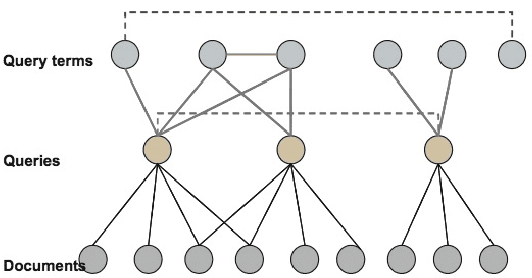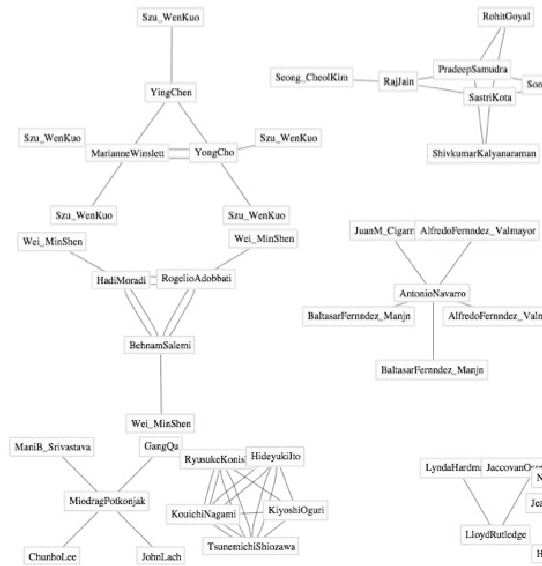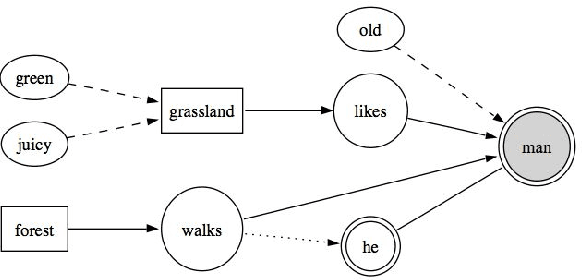Symbolic Computing with Incremental Mindmaps to Manage and Mine Data Streams - Some Applications
Paper and Code
Feb 18, 2009



In our understanding, a mind-map is an adaptive engine that basically works incrementally on the fundament of existing transactional streams. Generally, mind-maps consist of symbolic cells that are connected with each other and that become either stronger or weaker depending on the transactional stream. Based on the underlying biologic principle, these symbolic cells and their connections as well may adaptively survive or die, forming different cell agglomerates of arbitrary size. In this work, we intend to prove mind-maps' eligibility following diverse application scenarios, for example being an underlying management system to represent normal and abnormal traffic behaviour in computer networks, supporting the detection of the user behaviour within search engines, or being a hidden communication layer for natural language interaction.
 Add to Chrome
Add to Chrome Add to Firefox
Add to Firefox Add to Edge
Add to Edge